10 Things About Resident Evil: Extinction (2007) That Make Absolutely No Sense
The first two Resident Evil films in the infamous franchise drew heavily from the original three video games that debuted on the original PlayStation. Following the sapping of that source material, it was time for the writers to branch out on their own with a separate storyline far removed from the Raccoon City incident that Resident Evil fans knew so well.
What followed was Extinction, the third film in the series and one of the most divisive. From start to finish, Extinction relies heavily on set pieces and a Mad Max-style world to sell its story, but it doesn't succeed. There are just too many things that don't make sense about the movie, and these are the biggest and most obvious of the bunch.
10 Alice Leaves The Party
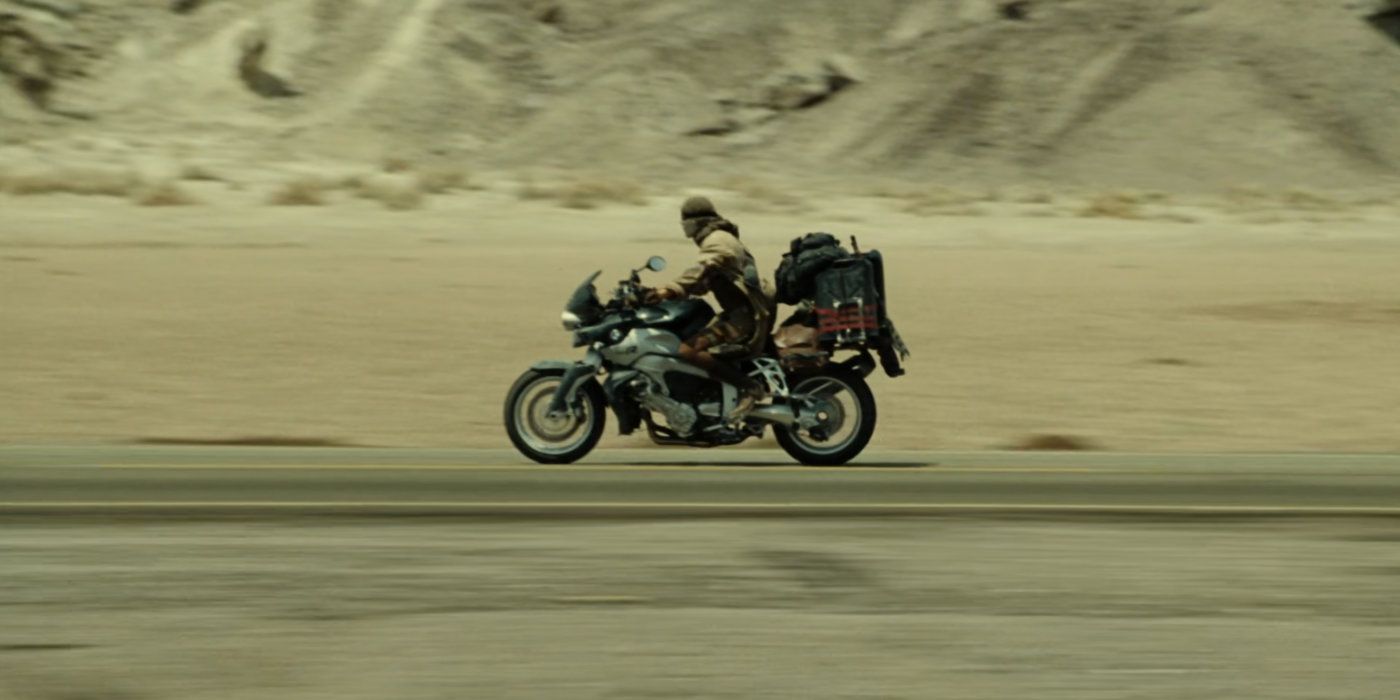
Most Resident Evil fans were left with their hands in the air, wondering what the writing team had done with Extinction's script, and it began in the very first act. In the previous film, the cool and confident Alice had been granted significant T-Virus infused powers by Umbrella. She was then allowed to escape from their lab, presumably to test out in the wild.
Dr. Isaacs made it clear that he was in control of Alice's thoughts and motives, and this would have proved a significant danger to her comrades. Yet, Extinction begins with her out on her own, having broken free of Umbrella's control. This completely destroys the ominous cliffhanger setup from Apocalypse.
9 The Alice Body Pile
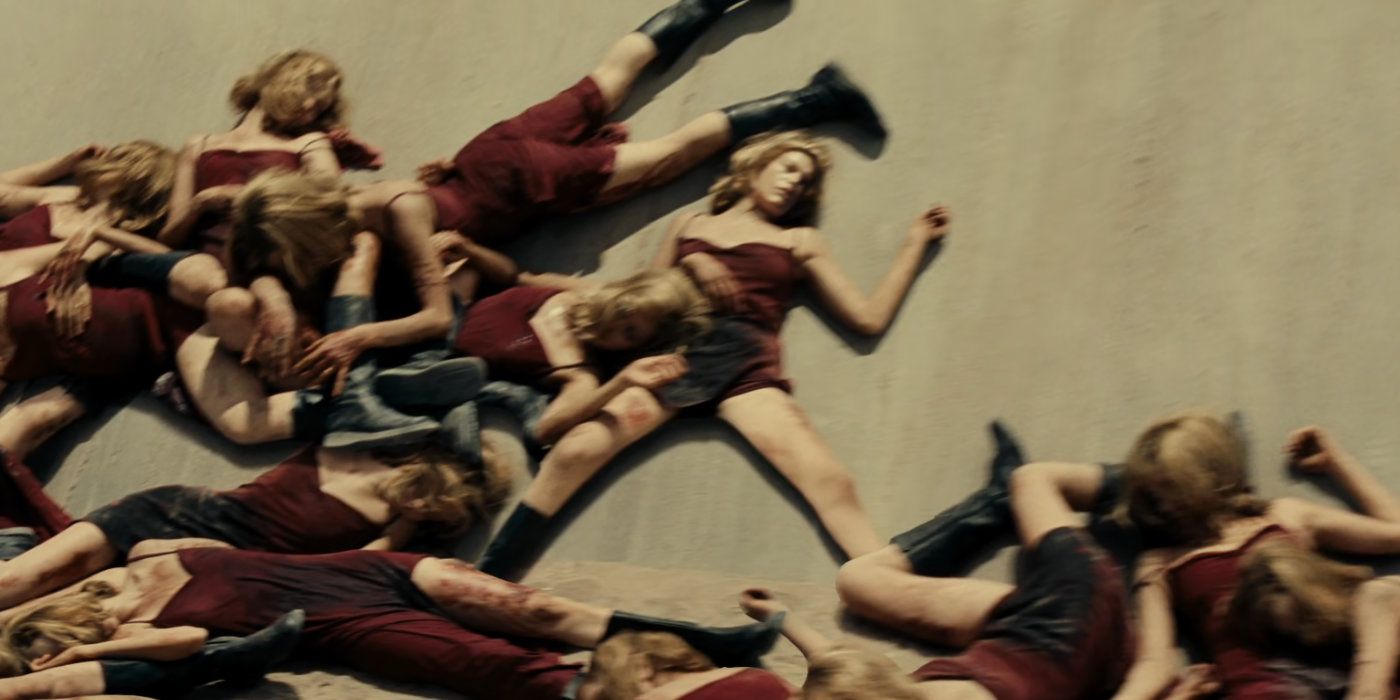
Umbrella is shown to be using clones of Alice for testing purposes in an attempt to see how she fares, and it appears to be quite a lengthy investment. When the latest clone is killed, her body is tossed into a pit littered with her fellow clones, all of which met the same grisly fate.
No explanation is given as to why none of the Alice corpses has decayed. In fact, they all look like they died a few minutes ago. Either the T-Virus slows down the decomp process, or Umbrella was testing hundreds of clones per day.
8 The T-Virus Ruins The World

Extinction shows that the extremely deadly T-Virus has run amuck across the entire planet, turning it into a barren wasteland. According to exposition, forests were decimated and entire oceans dried up. How, exactly? This is never explained. The T-Virus was designed to be a bio-weapon that turns living matter into mutated creatures.
Plus, wouldn't any use of the T-Virus in an outside setting produce the same risk? If Umbrella was working with a compound that could literally infect the entire planet and destroy its biosphere, then why not ditch the project altogether? Further, why are there still pockets of humans alive that aren't infected?
7 The Food & Drink Conundrum
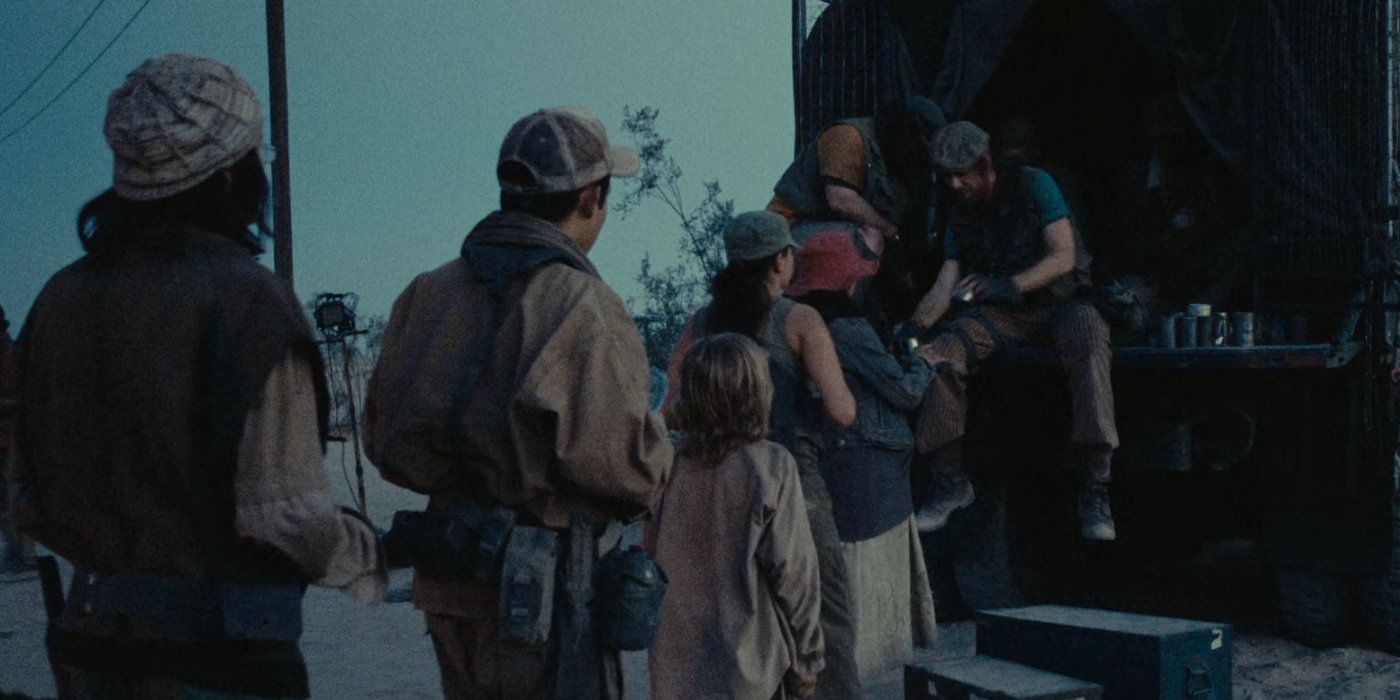
The aforementioned ravaging of the known world produces plenty of logistical problems for the writers to deal with. The first is obviously where Alice and the surviving humans find food and water. According to the script, both are in scarce supply. Yes, they raid outposts and gas stations for canned food (with no labels, interestingly enough), but that's not enough to keep them going.
Tinned food provide sustenance for a while, but water would certainly be a problem. If the T-Virus was strong enough to dry up entire oceans, then why doesn't it immediately go to town on so much as an open bottle of water?
6 Dr. Isaacs' Not-So-Grand Plan
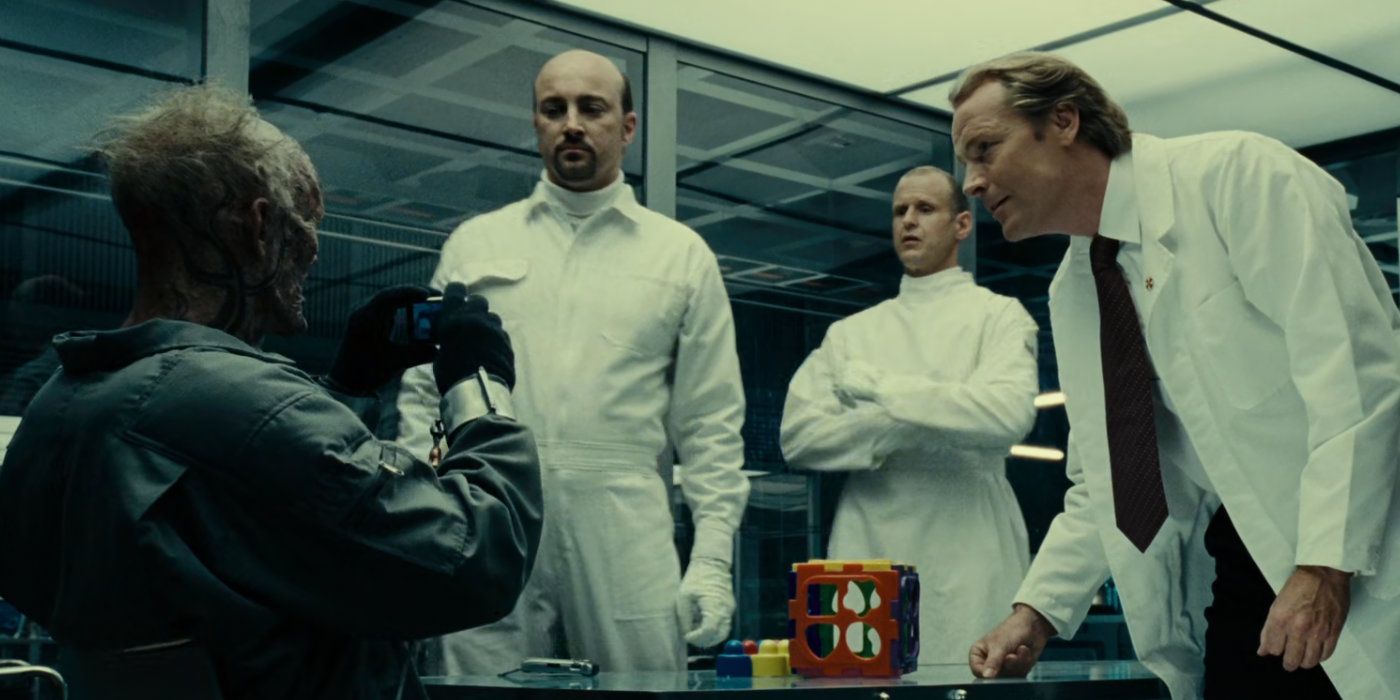
Dr. Isaacs' research into the T-Virus may have started out with far-reaching goals in mind, but his decision to try and create a domesticated undead workforce is positively bizarre. At this point, there's no reason for it. One has to wonder what job would be too menial for such a worker?
Zombies can't build with precision or reason. They would be useless for anything except pulling objects to and from various places. This plot device is obviously a nod to George Romero's Day of the Dead, but it simply doesn't pan out here. Umbrella would have axed Isaacs the moment they heard of this confounded plan.
5 L.J.'s Fate

After L.J. buys the farm, he accidentally gets bitten in an abandoned hotel room during a scavenge mission. The circumstances that lead to his fate are hilarious, for many reasons. First, he gets attacked by a zombie with aviators still on, which is quirky, to say the least.
He lowers his guard a moment later when he sees a female zombie rushing at him, and turns to shoot. Trouble is, he saw her reflection in a mirror, which gave her ample time to attack and deliver an infecting bite. The question is, how on Earth was that mirror so Windex clean when dust and sand buildup was so prevalent everywhere else?
4 Umbrella Can Measure Psionic Activity
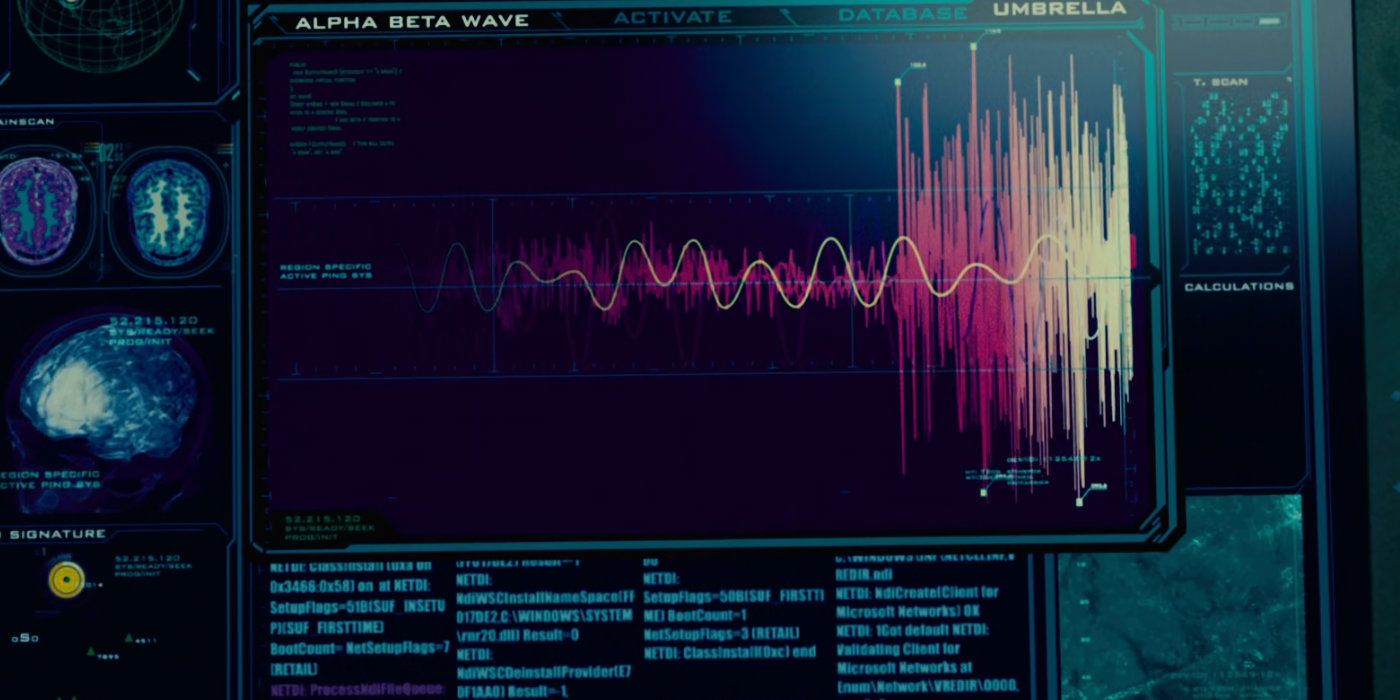
Resident Evil: Apocalypse went way too far when it gave Alice psionic powers that she could use to kill security guards by staring into a camera lens. This uber-power makes no logical sense, and it only creates more plot holes than it solves, specifically related to the technical details.
In the middle of the film, Alice uses this ability to save her friends from a swarm of undead crows. Umbrella is able to detect this phenomenon and react accordingly. No mention is made of how Umbrella's technology can measure psionic activity, however. It's just one major problem this plot device creates.
3 The Zombie Trailer
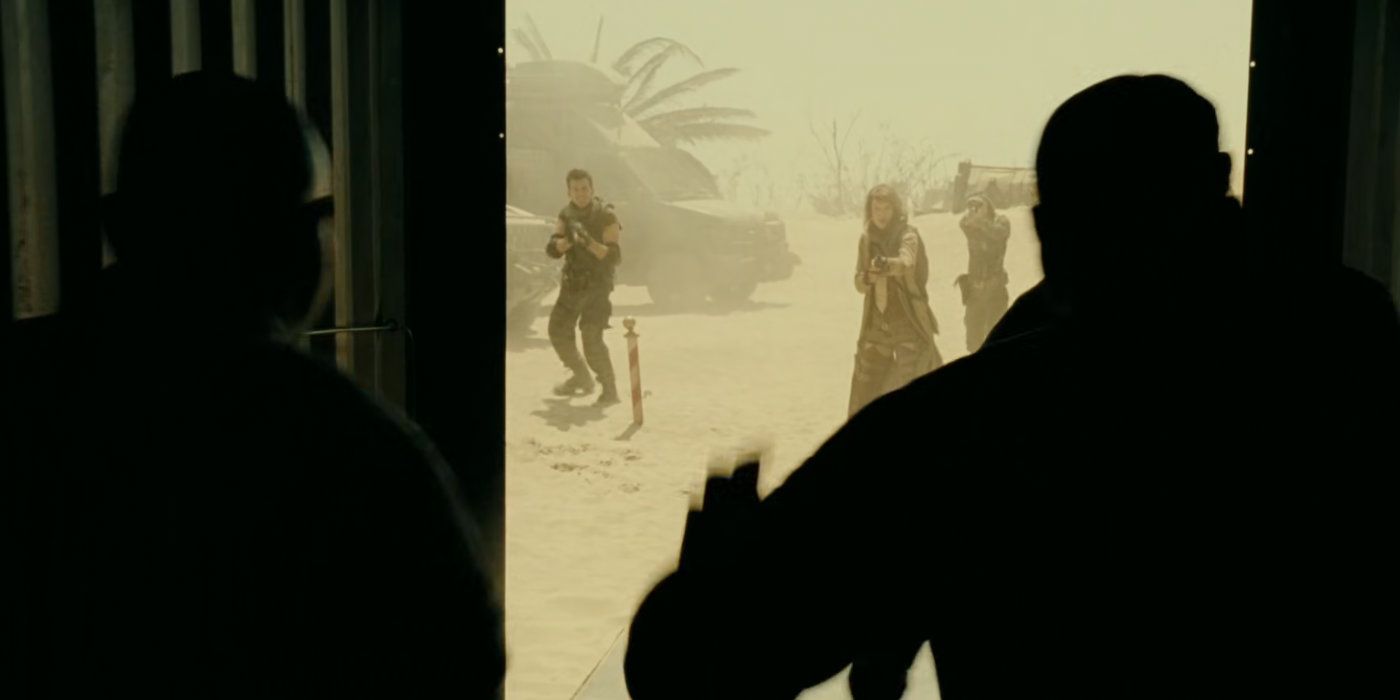
A key moment in the film occurs when Dr. Isaacs unleashes a trailer full of enhanced zombies on the surviving humans, resulting in a bloodbath. The scene leads to the deaths of several characters, and nearly causes Alice to lose her life in the process. It also sets up a foray into the final act of the film.
The trailer moment itself is rather silly, seeing as how legions of the undead pour of the thing shortly after the lid is lifted. The depth of the trailer wouldn't be enough to hold them all, and it's a certainty that they would have immediately stormed out and attacked, rather than wait for the tension to build.
2 Shutting Alice Down

Umbrella seems to have control over Alice, as evidenced by satellite technology that can tap in and effectively render her shut down. This occurs in the middle of the film, yet once again, she's able to fight back against the signal (which also makes no sense). While this obviously implies a method as to how Alice escaped following the end of the last film, it doesn't make sense.
Umbrella would never have initiated such a protocol unless they were sure it worked. Sheer force of will would not be enough to counteract a signal interface. Also, why didn't they use this trick a hundred times before, in order to get her back? Alice wasn't hiding out anywhere. She was constantly on the move, sticking out like a sore thumb.
1 Flip-Flopping Psionic Powers
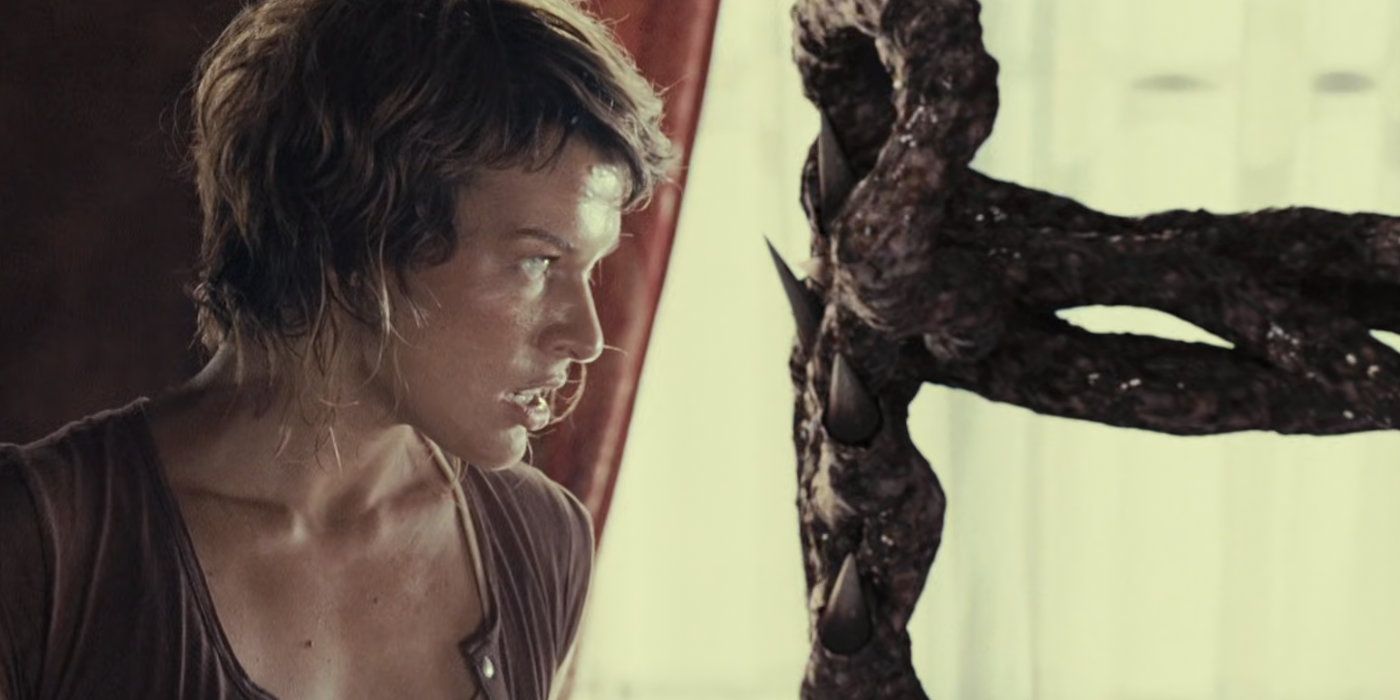
Those same psionic powers mentioned earlier serve up a double-dose of trouble when it comes to fights. Audiences rightfully pointed out that she only seems to use psionic abilities for certain moments in the story, while not bothering the rest of the time.
The most egregious example occurs at the beginning of the final act, when an infected Carlos drives a transport truck into a horde of the undead, and detonates a bomb to thin their numbers. What exactly prevented Alice from simply using psionic powers to do the job?
from ScreenRant - Feed

